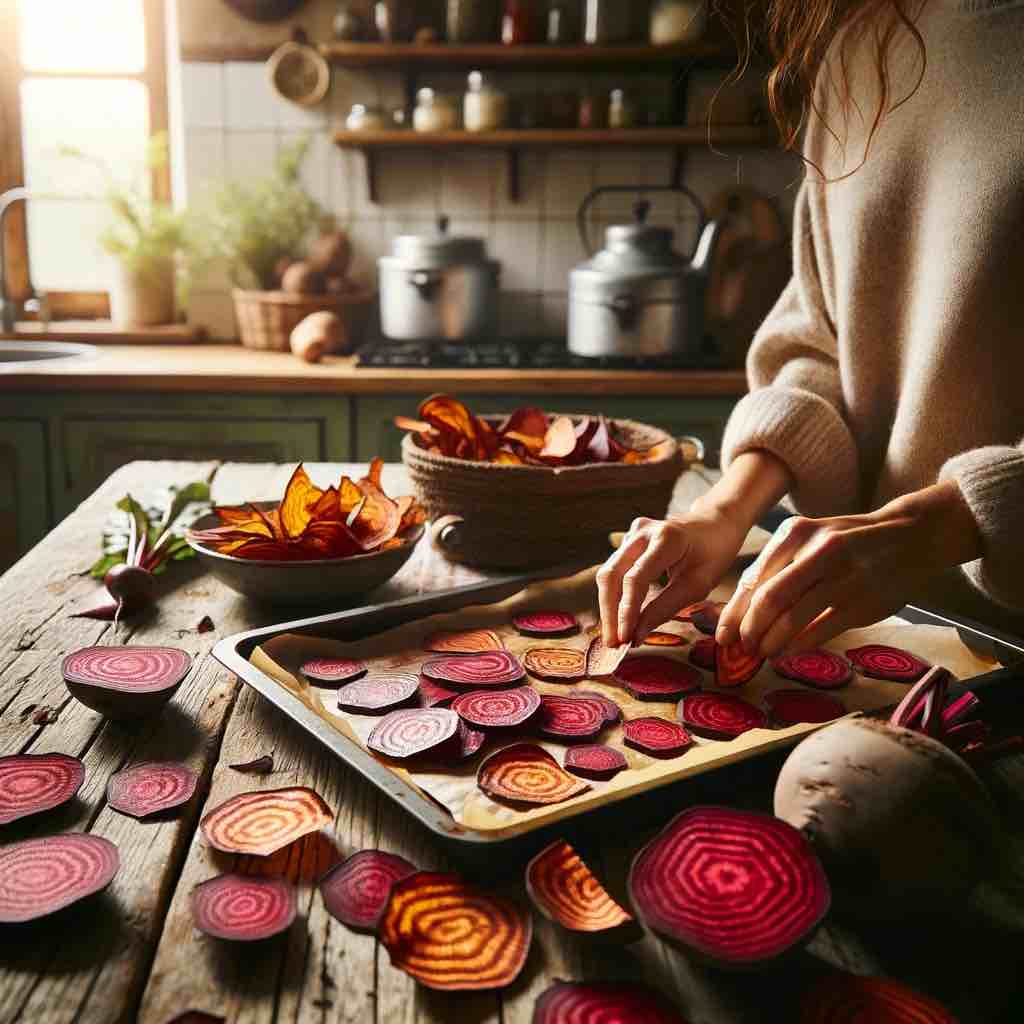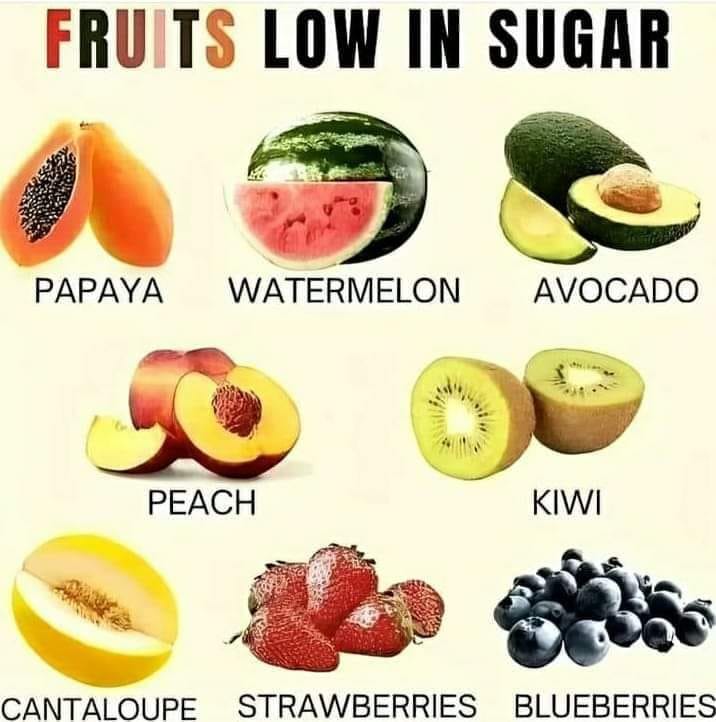
In a world where snacking is almost a universal hobby, the quest for healthier options has led many to explore making their own chips at home. Masala Monk’s article provides a delightful guide on transforming fruits and vegetables into crispy, flavorful chips, offering a wholesome alternative to store-bought snacks. From the classic sweet potato to the unconventional beet, this guide not only introduces a variety of chip options but also emphasizes the benefits of homemade snacks, including the use of healthier ingredients, cost-effectiveness, and the joy of crafting unique flavor combinations.
The Art of Homemade Chips
Making chips at home is more than a culinary endeavor; it’s a journey towards healthier, more conscious eating. By selecting fresh and organic produce, you can avoid the additives and preservatives common in commercial snacks. The process itself, simple and engaging, becomes a pathway to understanding and appreciating the food we consume.
Top 5 Fruits and Vegetables for Homemade Chips
- Sweet Potato Chips: A nutritious alternative to traditional potato chips, sweet potatoes offer a rich source of fiber and vitamins. Thinly sliced and lightly seasoned, they bake into a crispy treat that’s both satisfying and healthy.
- Kale Chips: Kale transforms into a crunchy snack that’s impossible to resist. With a drizzle of olive oil and a sprinkle of sea salt, kale chips provide a nutrient-packed bite that supports your health goals.
- Apple Chips: For those with a sweet tooth, apple chips are a delightful choice. Cinnamon-topped and baked until crisp, they serve as a perfect snack or dessert that’s both tasty and beneficial.
- Carrot Chips: Carrot chips emerge as a vibrant and flavorful option, rich in beta-carotene and other essential nutrients. Their natural sweetness, enhanced with a hint of seasoning, makes for a deliciously crunchy snack.
- Beet Chips: Beets, with their deep color and earthy flavor, offer a unique twist on the homemade chip. Rich in antioxidants, they’re not only visually appealing but also packed with health benefits.
General Recipe for Homemade Chips
The process of making chips at home is straightforward and adaptable to a variety of fruits and vegetables:
- Ingredients: 1-2 large fruits or vegetables of your choice, 1-2 tablespoons of oil (olive, coconut, or vegetable), and optional salt, pepper, or other seasonings.
- Instructions: Preheat the oven to 350°F (180°C). Wash, dry, and thinly slice your chosen produce. Toss with oil and any desired seasonings, then spread in a single layer on a baking sheet lined with parchment paper. Bake until golden brown and crispy, about 10-20 minutes, depending on thickness.
Benefits of Homemade Chips
- Healthier Ingredients: Control over oil type, salt level, and seasoning choices means you can enjoy chips that are as nutritious as they are delicious.
- Cost-Effective: Making chips at home is often more economical than purchasing pre-packaged alternatives, especially if you buy produce in bulk.
- Variety and Freshness: Experiment with different fruits and vegetables to discover new favorite snacks that are always fresh and free from preservatives.
Conclusion: A Crunchy Path to Healthier Snacking
Embracing the homemade chip revolution offers a creative way to enjoy your favorite fruits and vegetables, turning snack time into an opportunity for healthful indulgence. Whether you’re crafting a batch of sweet potato chips for movie night or experimenting with beet chips for a colorful appetizer, the possibilities are endless. So, preheat your oven and ready your slicer—it’s time to transform simple ingredients into extraordinary snacks that are sure to delight your taste buds and boost your health.
Blog Tags: Homemade Chips, Healthy Snacking, Fruits and Vegetables, Nutritious Snacks, Cooking at Home, DIY Chips, Healthy Eating, Oven-Baked Chips, Clean Eating, Snack Ideas












